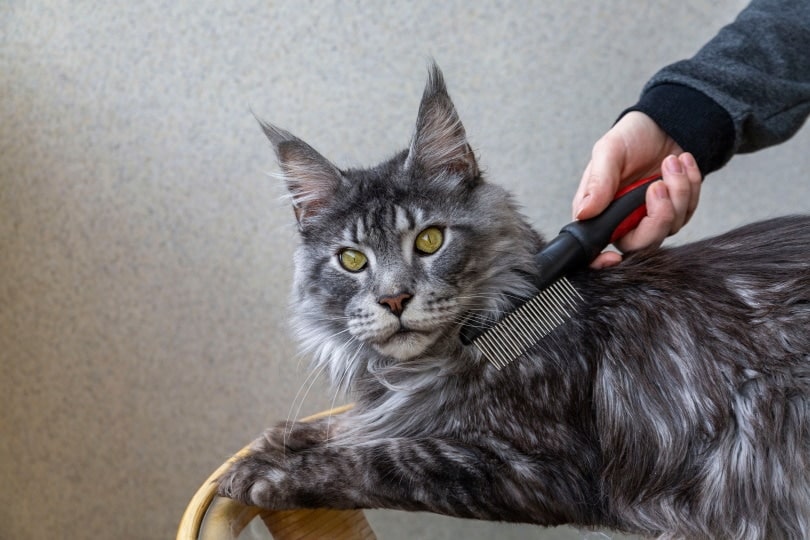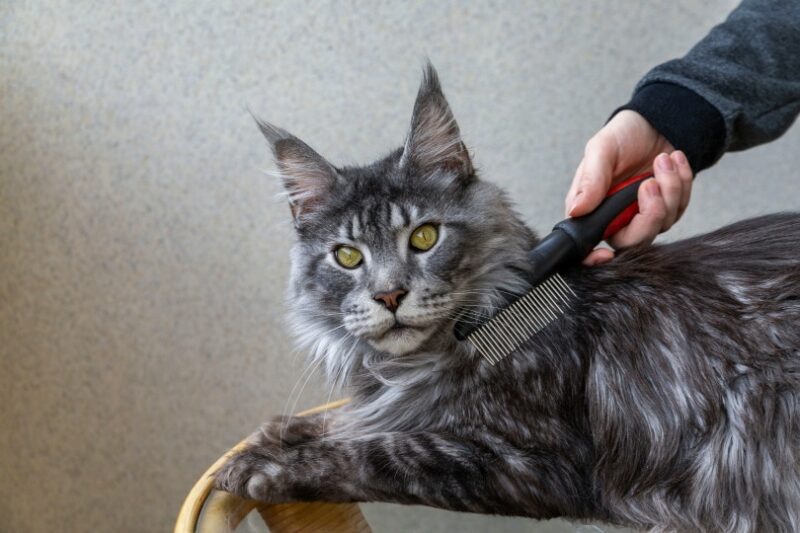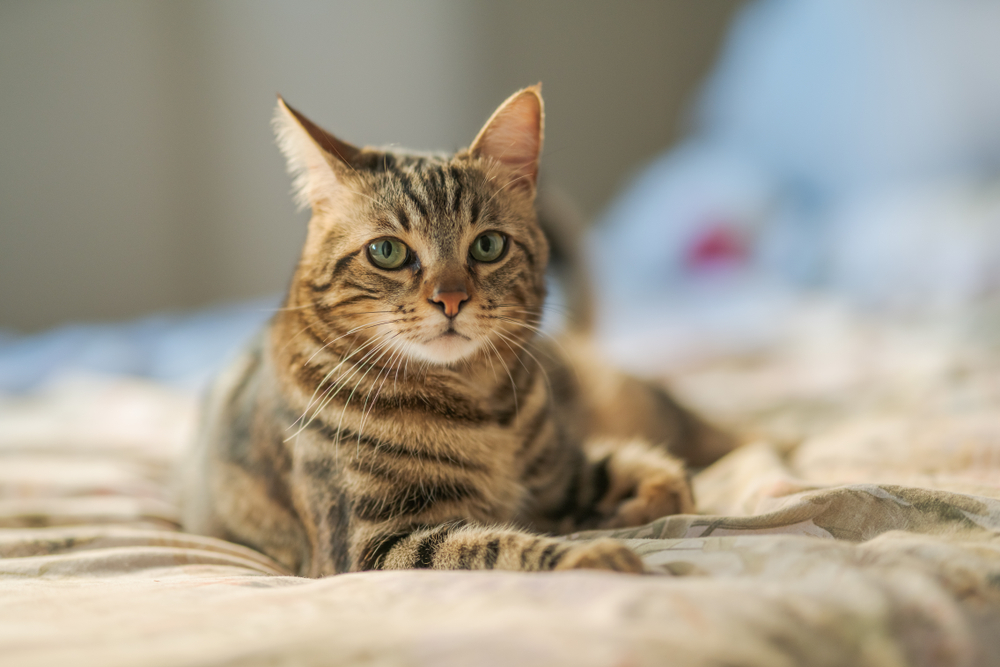While you may not always be aware of it, your cat probably experiences static on a regular basis. Static electricity can be produced when any two surfaces rub together. Unfortunately, many things that cause static electricity are also things we love to do with our cats, like petting or brushing them. But don’t worry! This guide will help you understand why your cat is staticky and give you the tools that you need to prevent it from happening.
Top 5 Reasons That Your Cat Might Be Staticky
1. Dry Air
If you’ve noticed that your cat is more staticky during the winter, you’re not imagining things! When the air lacks humidity, static shocks occur more often. Your cat’s fur builds up an electric charge, and when you pet your cat, you add friction—and both you and your cat get shocked! Other environmental factors such as temperature and air pressure also affect static electricity build-up.
How to Fix It: Since you can’t do anything about the arrival of winter, the easiest fix for static is to raise the humidity level inside your home. You can easily do this with a humidifier, and it’s also a good idea to use a hygrometer to measure and keep track of humidity levels and don’t over do it.
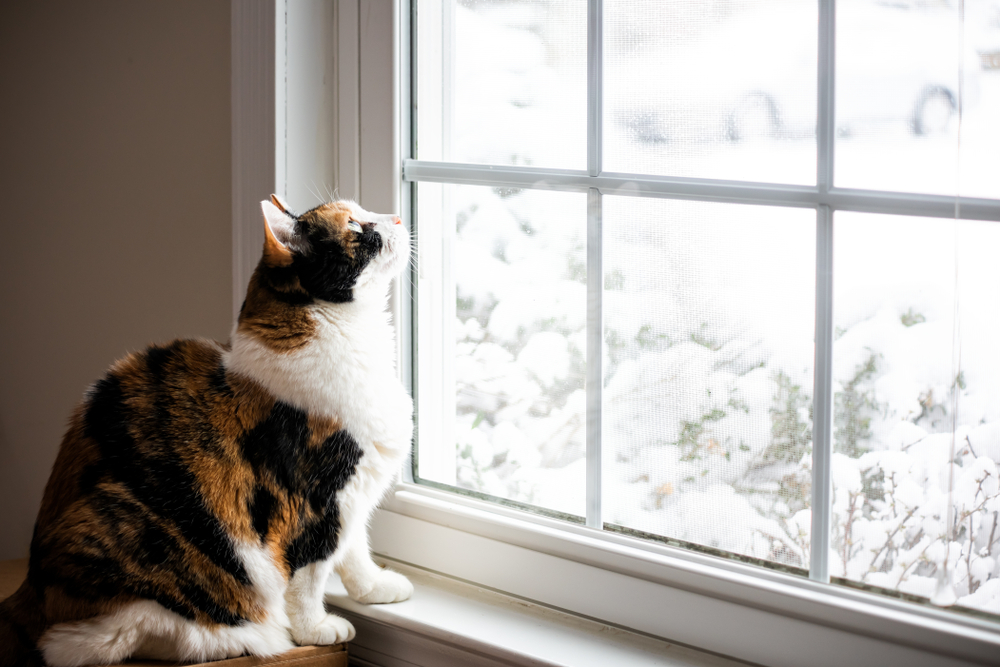
2. Overbrushing
While we do recommend brushing your cat according to their needs, over- brushing can be a problem. Brushing and grooming your cat’s fur naturally creates friction, which in turn, creates a static charge. The more you brush, the more static electricity will be produced.
How to Fix It: Misting the brush with water before brushing your cat will help neutralize the static charge. You could also try swapping to a brush with natural bristles instead of synthetic ones. Natural fibers tend to produce less static.
3. Too Clean
This one may sound weird, but if you clean your cat too often, especially during the spring and summer months, it’s likely that your cat doesn’t have enough of the natural sebum (skin oils) for a healthy coat. When their coat is clean and shiny, it naturally attracts static. Overbathing can also dry out your cat’s hair, and the reduced moisture adds to static.
How to Fix It: Cats are good at self-grooming and staying clean. If your cat is visibly dirty or smells bad, by all means, give them a bath. The same applies if your vet has recommended it to treat skin problems. Otherwise, they shouldn’t need one very often. When you bathe your cat, use shampoos and conditioners designed specifically for cats, so they don’t strip their coat of natural oils.
There are lots of pet shampoos to choose from, but some are much better than others. We love these two options by Hepper made with all-natural ingredients that gently clean your pet's skin and coat. These pH-balanced formulas contains moisturizing aloe vera and colloidal oatmeal, and it's free of dyes, phthalates, sulfates, and other irritants. At Catster, we’ve admired Hepper for many years and decided to take a controlling ownership interest so that we could benefit from the outstanding designs of this cool cat company!
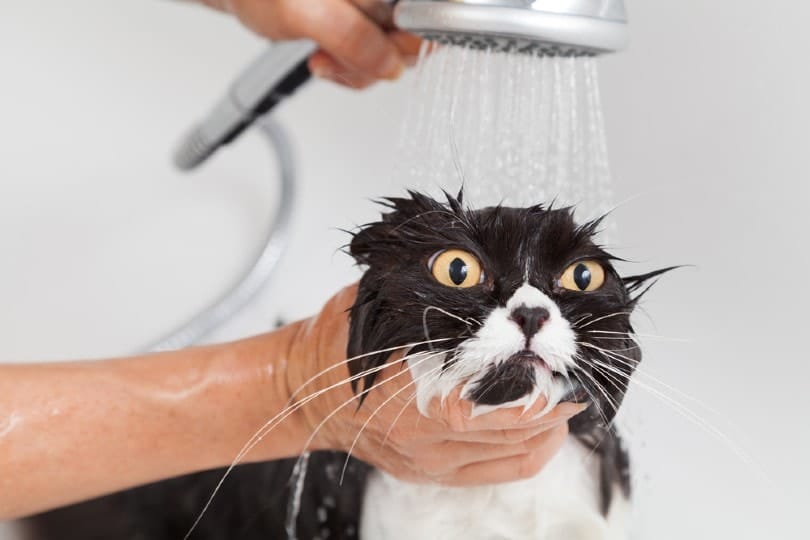
4. Your Cat’s Bedding Material
Blankets made from synthetic fibers, like polyester, can easily accumulate static charge. The more your cat rubs against the material, the more static accumulates.
How to Fix It: Choose blankets made from natural fibers, like cotton or wool, whenever possible. Not only will they create less static, but they’re also made from sustainable materials, so both your cat and mother nature will appreciate it. Using pet-safe fabric softeners can provide the materials with some anti-static properties, too.
5. Your Cat’s Breed or Age
Some cat breeds are more prone to static than others. Long-haired breeds require more grooming, and they have more hair to build up electric charge. Older cats tend to have more brittle hair than younger ones, which can naturally increase static.
How to Fix It: If you have noticed that your cat’s skin and hair are not looking as healthy as they once were, schedule a visit with your veterinarian. Conditions that result in dry, damaged skin or hair should be treated.
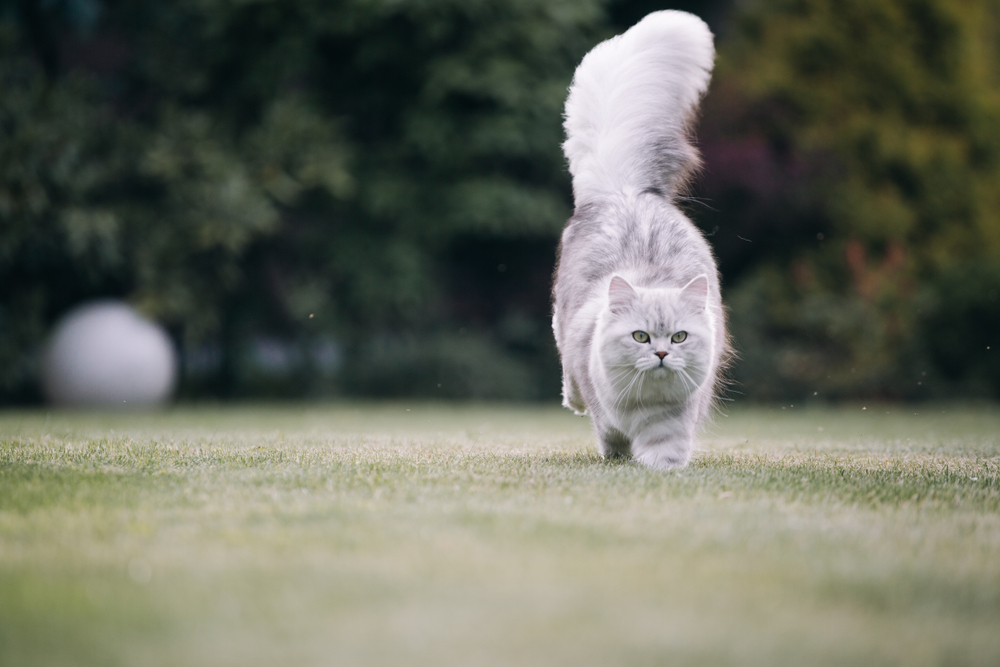
Tips and Tricks for Cat Owners to Prevent Static
While some factors that increase static are out of your control such as the weather, there are a few things that you can do to make sure you’re not the cause of your cat getting shocked. The clothes we wear, the way we walk, and the shoes on our feet can all affect the amount of static we carry and then cause it to be discharged when we touch our cats.
- Wet Your Hands: Lightly wetting your hands before petting your cat will spare your cat a shock.
- Use Moisturizer: Applying lotion and moisturizer to your hands to prevent dryness will also help avoid static buildup.
- Wear natural fibers: Natural fibers such as cotton and wool produce less static than synthetic fibers.
- Take off your shoes: The soles of your shoes may be increasing your static potential, so try going barefoot in the house before cuddling up to your cat.
Conclusion
Usually, the best solution for a staticky cat is to slightly increase the humidity level in your home. Avoiding dryness on your cat’s skin and hair will help, as will keeping your hands moist before petting your cat. The use of natural fibers in blankets and bedding will prevent static buildup, too. If you choose to use shampoos or sprays designed to reduce static, always make sure they are safe for use on cats.
Featured Image Credit: Summer 1810, Shutterstock

